
Among them are 2 of the 7 Wonders of the World: 9 places you must visit in Turkey.
If you think you have visited Turkey and know it well, you may be mistaken!
There are places in Turkey that are unknown to many. You must visit them to see the intriguing and mesmerizing side of this enchanting country.
The areas in Turkey that carry numerous stories, myths, and miracles cannot all be encompassed in a single article. Therefore, we will mention 9 regions that are worth visiting and exploring in Turkey.
- Pamukkale:
Known as the Cotton Castle, Pamukkale is located near Izmir in southwestern Turkey. It features numerous hot springs rich in calcium and carbonate minerals that have formed over thousands of years due to the forceful flow of water.
This site is recognized as a UNESCO World Heritage site due to its historical and natural significance.
Approximately 2 million tourists visit Pamukkale each year to enjoy the sight of the cascading springs flowing over white rocky terraces, resembling layers of white snow. Visitors also relax and admire this view at night, illuminated by moonlight and soft lights in the area.


- Mount Nemrut:
Located in southeastern Turkey, in the province of Adiyaman, Mount Nemrut is considered the highest open-air museum in the world, standing at an elevation of 2,134 meters. At its summit lie the remains of the Kingdom of Commagene, which flourished in the 1st century BC.
The painter "Osman Hamdi Bey" was the first to discover the existence of this museum in the 19th century during excavations.
Mount Nemrut is regarded as one of the most beautiful places in the world to witness sunrise and sunset. Enjoying this view is one of the main activities that attract tourists, along with the presence of numerous historical artifacts left by the ancient kingdom.
There are conflicting accounts regarding the true story of Mount Nemrut. Some scholars have linked it to the Babylonian king Nimrod, who was challenged by the prophet Abraham and mentioned in Surah Al-Baqarah and Surah Al-Anbiya in the Quran.
However, other interpreters are not convinced of this connection and consider that there is no relationship between the Babylonian Nimrod and the tyrant king mentioned in the Quran. They regard it as a legend from ancient myths.
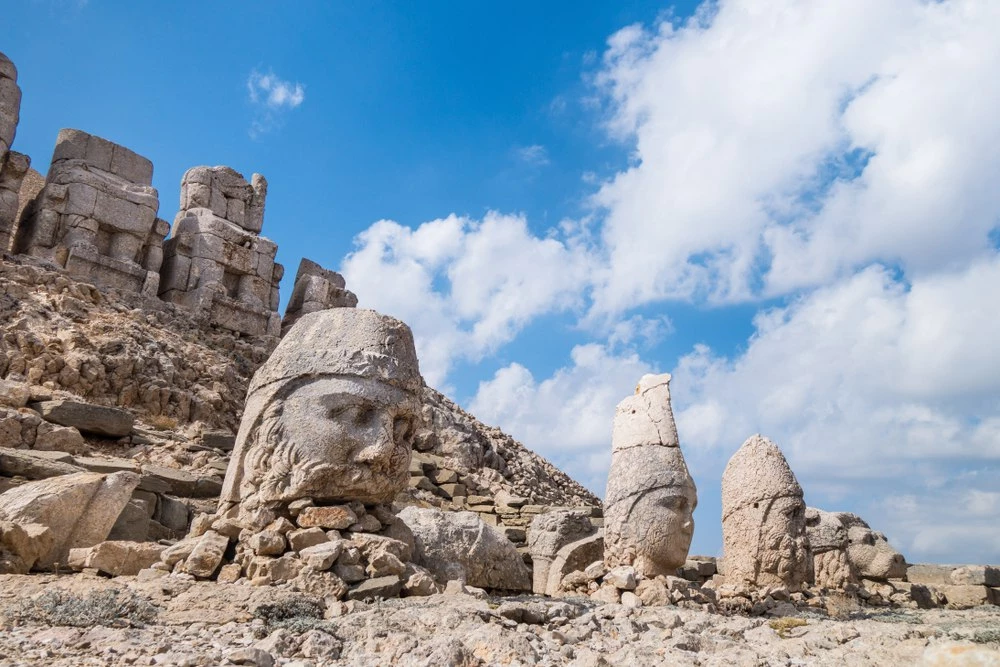
- Mount Ararat:
Mount Ararat is a dormant volcano covered with snow, formed by volcanic eruptions. It is located in the northeastern region of Anatolia, 16 km from the border of Iran and 32 km from the border of Armenia.
Mount Ararat is the highest mountain peak in Turkey and has two summits. One summit has an elevation of 3,896 meters, and the other summit reaches 5,137 meters.
In terms of significance, it is associated with the Abrahamic religions, which believe that Noah's Ark came to rest on its summit after the Great Flood. It also has a strong connection with Armenian nationalism dating back to prehistoric times.
The first person to climb Mount Ararat was Friedrich Parrot and four of his friends in 1829, as they searched for the remains of Noah's Ark.
The mountain serves as an ideal location for mountaineering for those with the appropriate permits, and it is also suitable for ice skiing during the appropriate seasons.
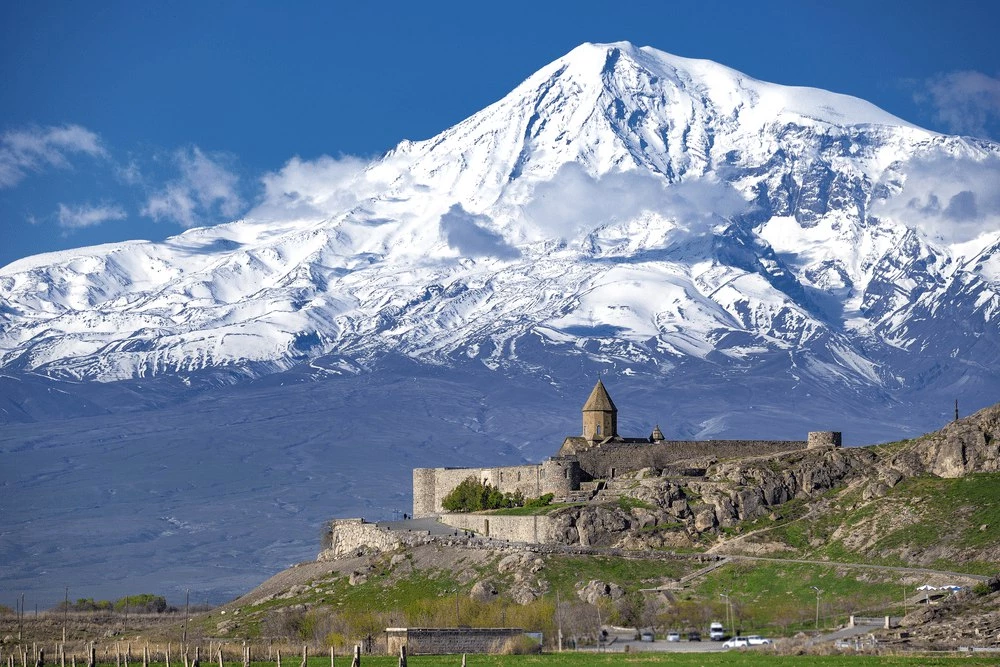
- Trojan Horse:
The Trojan Horse is the largest and most famous wooden horse in history. It measures 108 meters in length and weighs 3 tons. The city of Troy, located in western Turkey specifically in the province of Çanakkale, is where one of the most important archaeological sites in Turkey and the world is found.
According to legend, the Greeks besieged Troy for 10 years until they deceived the Trojans by building a hollow wooden horse and offering it to them as a gift of peace and the end of the siege.
The Trojans joyfully accepted the horse and brought it into their city with great celebration, continuing their festive ceremonies. Unbeknownst to them, Greek soldiers were hiding inside the horse and quickly emerged at night to open the city gates for the rest of the Greek army to invade the city. They proceeded to kill the men and capture the women and children.
Note: The story of the Trojan Horse is a legendary tale and its historical accuracy is debated among scholars.
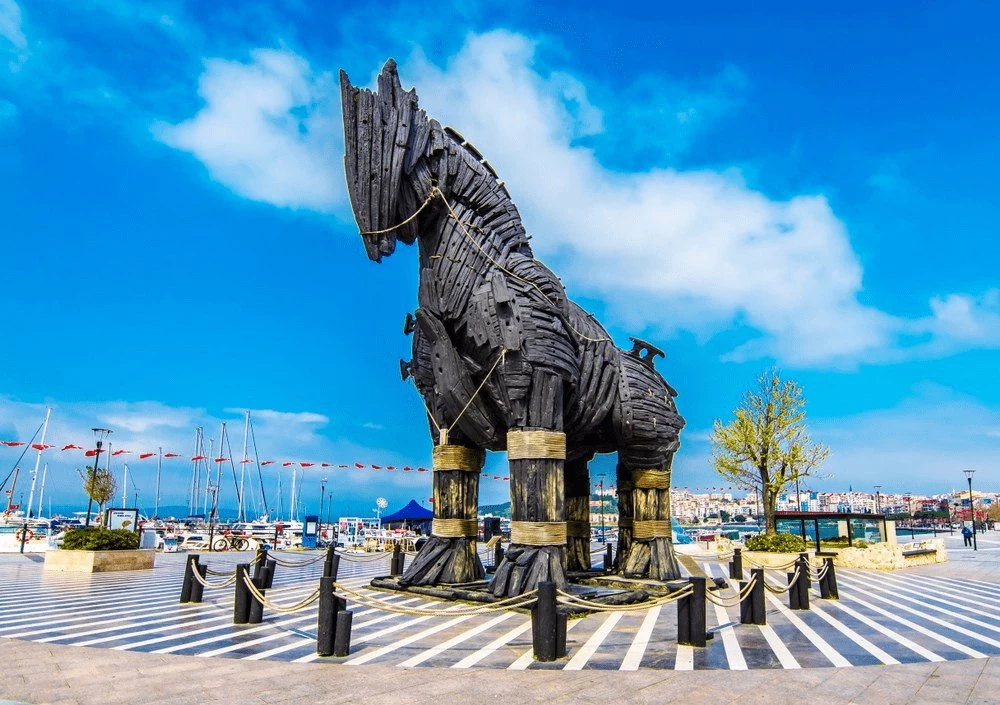
- Hair Museum:
Located in Avanos, Cappadocia, Turkey, the Hair Museum houses approximately 16,000 strands of hair from women and girls from various parts of the world.
The museum was established in 1979 by its owner, Chez Galip, who was inspired by one of his friends. His friend's girlfriend had given him a strand of her hair as a keepsake, but he rejected it and left. Chez Galip decided to keep the strand of hair in his shop.
The story caught the attention of women who heard it from Chez during their visits to the shop. They started cutting a strand of their own hair and attaching it to a card with their name and address. The number of hair strands grew, prompting Chez Galip to transform the shop into a hair museum.
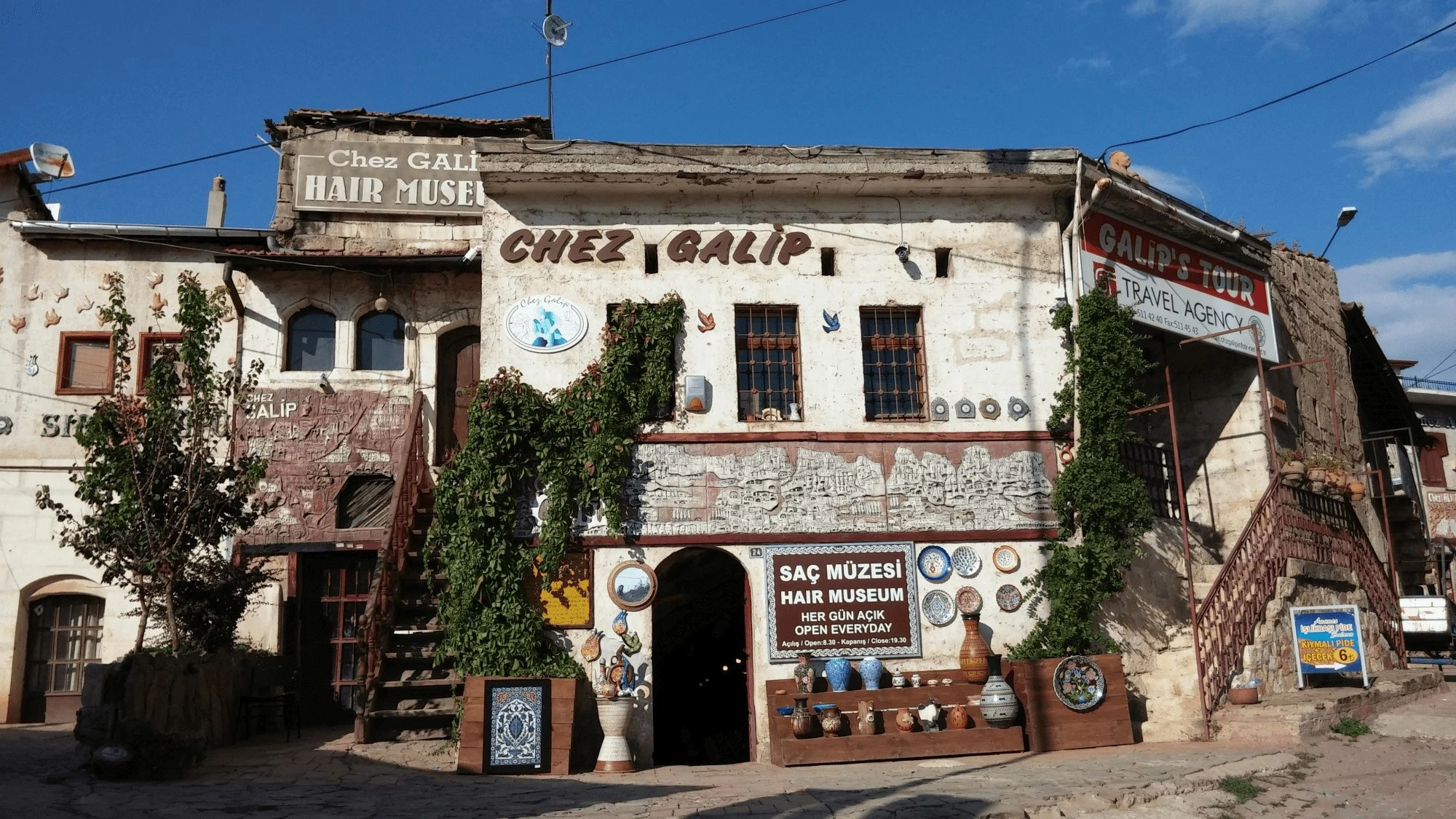
- Cappadocia:
Cappadocia is located in the heart of Turkey, between Ankara, Nevsehir, and Kayseri. Its divine natural beauty makes it one of the most unique regions in the world.
Cappadocia is rich in geological, historical, and cultural sights that cannot be seen elsewhere. Its sedimentary rocks were formed approximately 3 to 9 million years ago due to the eruption of three volcanoes. The erosion caused by these eruptions resulted in the formation of numerous columns and rock formations, which were later carved by the inhabitants of Cappadocia into houses, churches, and monasteries. There are also peculiar small hills resembling chimneys and limestone deposits.
Cappadocia is worth visiting to witness the blend of natural forces and human craftsmanship that has turned the region into one of the most beautiful and unique tourist destinations in the world.
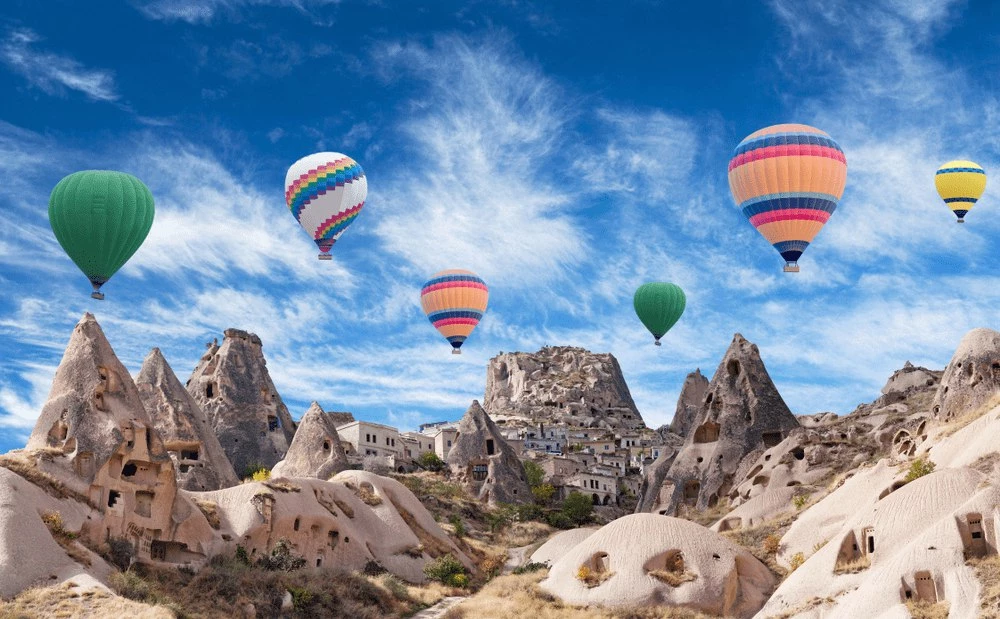
- Mausoleum of Halicarnassus:
The Mausoleum of Halicarnassus was one of the Seven Wonders of the Ancient World, although only remnants remain today after it was destroyed like the other wonders of the ancient world, with the exception of the Great Pyramid of Egypt.
The mausoleum is located in the city of Bodrum, formerly known as Halicarnassus during the ancient Greek colonization period. It housed the remains of King Mausolus, one of the rulers of the Persian Empire.
It is said that the king's widow ordered the construction of the mausoleum after his death. However, the more likely story is that King Mausolus himself commissioned its construction. He was known to be extravagant and fond of wealth, so he built the mausoleum using luxurious white marble and adorned it with prominent engravings and sculpted decorations depicting legendary stories.
The remains of King Mausolus were buried in a golden embroidered cloth inside a white marble sarcophagus. The mausoleum remained intact for 19 centuries until it was eventually demolished. Today, only remnants of the mausoleum exist, which tourists visit as an ancient historical site that holds ancient tales within its walls.
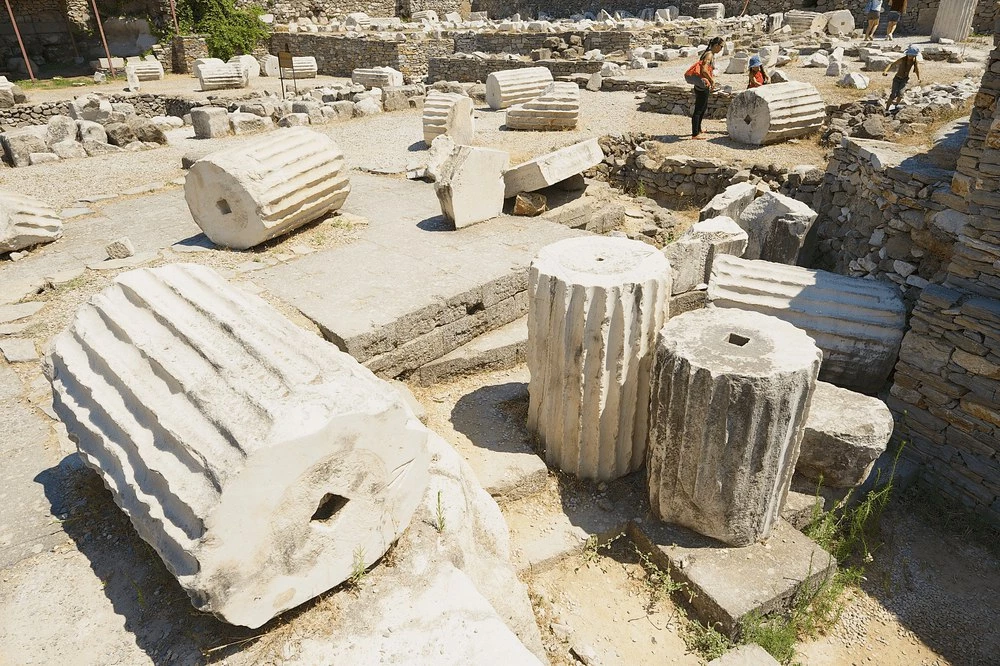
- The Temple of Artemis:
Located between Izmir and Kusadasi on Mount Ephesus, the Temple of Artemis was one of the Seven Wonders of the Ancient World. According to studies, it was the first temple to be made entirely of marble, which made it glow brilliantly under the sun.
Its construction dates back to the time when the Ephesus region was part of the ancient Ionian Empire. It was named after Artemis, one of the deities worshipped by the Greeks.
The construction of the temple was completed in 550 BC, but it was destroyed and burned multiple times before being rebuilt. Today, only remnants remain, making it a unique attraction for tourists seeking the remains of ancient civilizations.
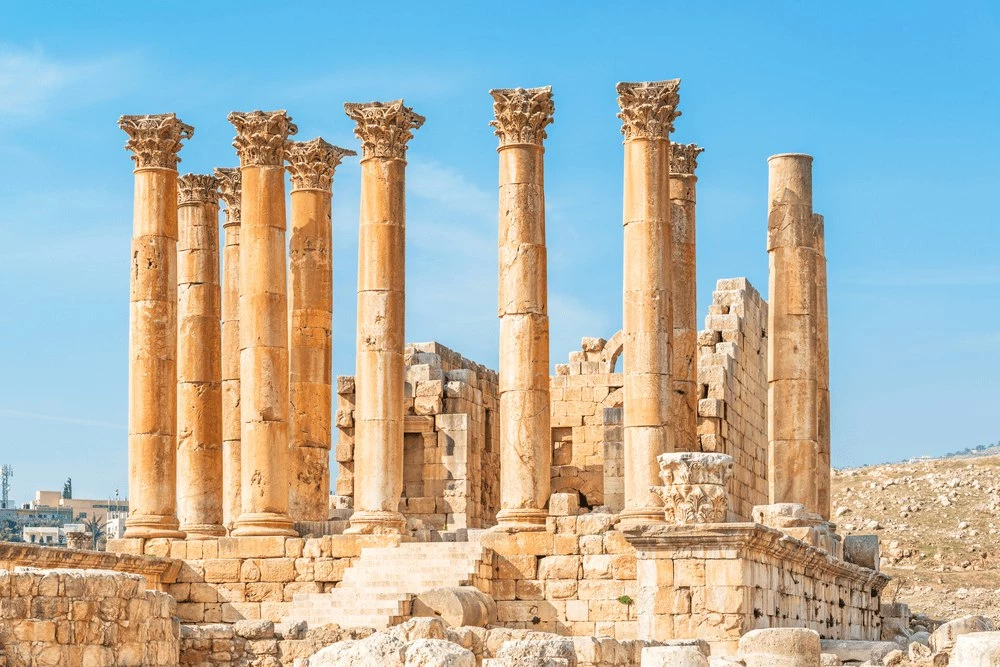
- Sumela Monastery (Waterfall of Sumela):
Located in the Pontic Mountains in northeastern Turkey, the Sumela Monastery is situated on steep slopes at an elevation of 1200 meters near Trabzon. Its structure was improved in the 18th and 19th centuries.
Also known as the "Monastery of Virgin Mary," Sumela Monastery consists of a church, prayer rooms, student rooms, a library, kitchens, guesthouses, and a water channel.
This monastery still stands proudly to this day, appearing to onlookers as if it is a part of the mountain in a breathtaking and mesmerizing scene for tourists.
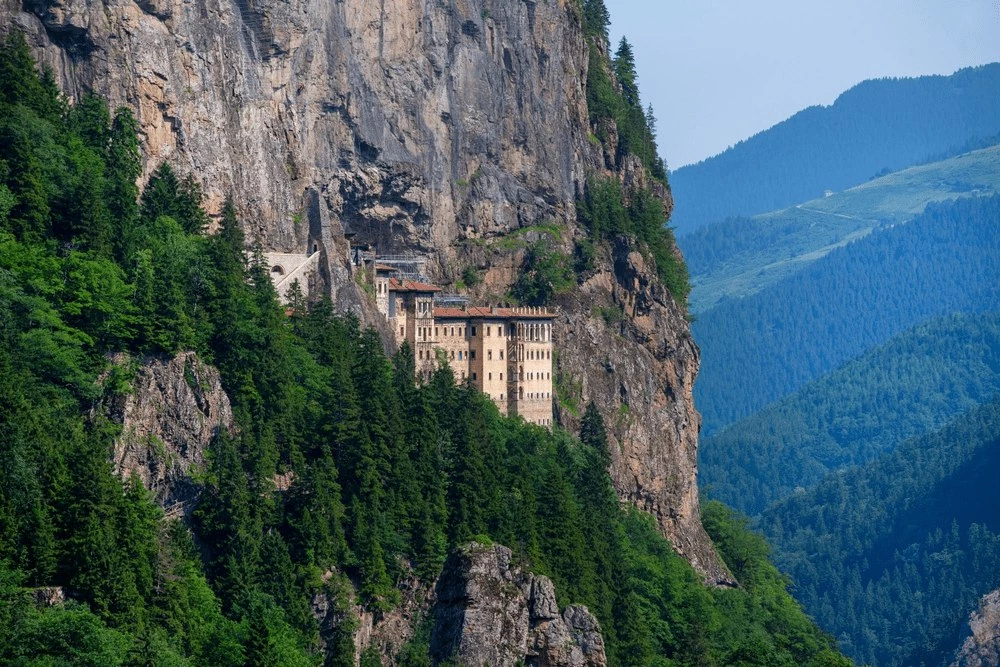
Areas that carry stories, myths, and others that carry ancient civilizations, get to know them.
